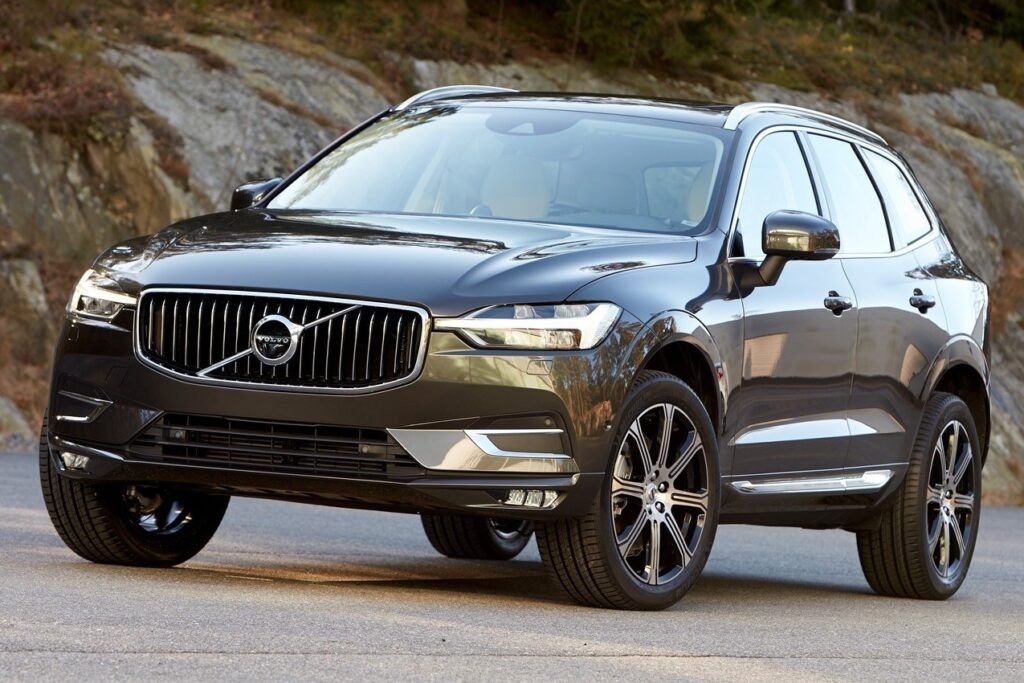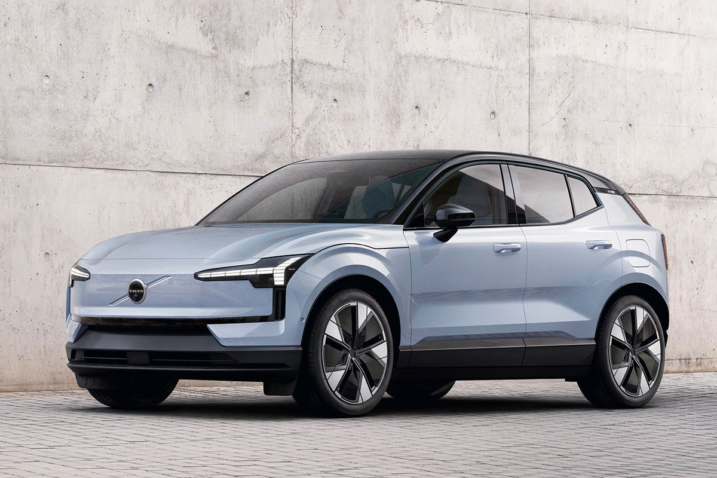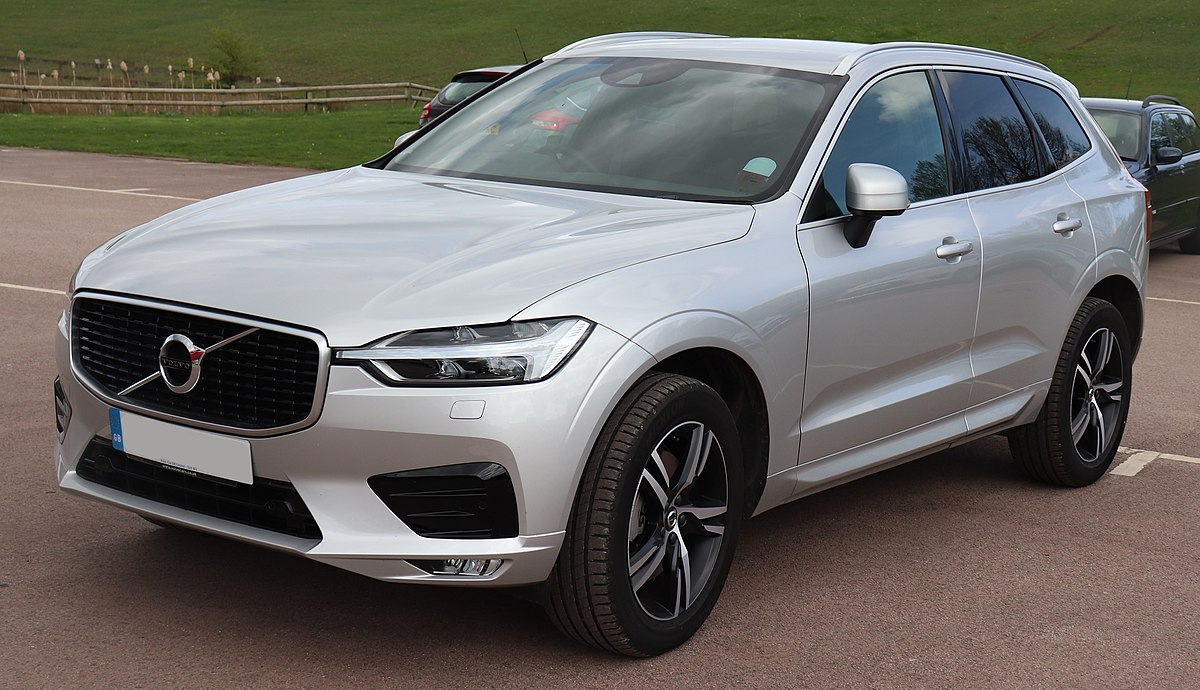In the fast-paced world of automotive engineering, one company has stood the test of time, steadfast in its commitment to redefining safety standards: Volvo. From its inception, Volvo has been synonymous with cutting-edge safety innovations that go beyond industry norms. With the help of the best-selling business advisors, they managed to dedicate themselves to creating the perfect brand that can be trusted. This article explores the legacy of Volvo and delves into the groundbreaking safety technologies that have made the brand a pioneer in the automotive safety landscape.
A Heritage of Safety Excellence

Volvo’s dedication to safety is deeply embedded in its DNA, dating back to the company’s founding in 1927. Over the decades, Volvo has consistently prioritized the well-being of its drivers and passengers, earning a reputation for being at the forefront of safety research and development. The company’s early focus on robust engineering laid the foundation for a safety culture that would become a hallmark of the brand.
In the early years, Volvo’s safety initiatives were characterized by a commitment to fundamental principles. The introduction of laminated glass in 1944, for instance, demonstrated the brand’s foresight in mitigating the dangers of shattered windshields during accidents. This early innovation set the tone for future advancements, establishing Volvo as a pioneer in safety long before the term became a buzzword in the automotive industry. At the same time, according to business lawyers from Dubai, that venture increased the price of the car itself and provided people with one of the most important things that are important to drivers – safety.
As Volvo’s safety legacy continued to evolve, the 1959 introduction of the three-point seatbelt was a watershed moment. Nils Bohlin’s invention wasn’t just a technological leap; it was a humanitarian gesture. Volvo’s decision to open-source the patent, allowing other manufacturers to implement this life-saving technology, underscored the company’s commitment to global safety rather than corporate gain. M&A business advisor supported this decision business-wise because it provided customers with the security that would make them trust the brand again later.
Building on this legacy, Volvo continued to lead the industry in safety advancements. From crumple zones to side-impact protection systems, each innovation aimed to mitigate the severity of accidents and protect occupants. This proactive approach to safety has not only saved lives but has also set a benchmark for the entire automotive industry. With this in mind, with regular car diagnostics at a transmission service in Buffalo, a Volvo is a car that can serve for years and at the same time provide safety for passengers in the event of an accident.
Visionary Innovations: Introducing Autonomous Driving
As technology evolved, so did Volvo’s approach to safety. The brand’s forward-thinking initiatives include a significant focus on autonomous driving. By embracing artificial intelligence and cutting-edge sensor technologies, Volvo aims to redefine safety in the era of self-driving cars.
The journey towards autonomous driving for Volvo has been marked by an incremental integration of features that prioritize both safety and driver convenience. The Pilot Assist system, introduced in 2014, marked a significant step toward hands-free driving. This system seamlessly combines adaptive cruise control with steering assistance, allowing the vehicle to navigate within marked lanes while maintaining a safe following distance.
The success of Pilot Assist laid the groundwork for subsequent advancements, such as the Highway Pilot feature. This more advanced system, currently in development, aims to enable fully autonomous driving on select roadways. Volvo’s approach to autonomous driving reflects a commitment not just to technological novelty but, more importantly, to enhancing overall road safety by reducing human error. An Internet provider that manages IT services in San Antonio is already working to provide such cars with the necessary Internet services that, with advanced technology, could turn regular driving into a completely different experience.
Human-Centric Design: Inside the Volvo Safety Lab
Beyond technological advancements, Volvo places a strong emphasis on human-centric design. The Volvo Safety Center, often referred to as the “Volvo Safety Lab,” is a testament to this commitment. This state-of-the-art facility brings together engineers, psychologists, and safety experts to analyze real-world accidents, ensuring that Volvo’s safety features address the diverse needs of drivers and passengers.
In the heart of the Safety Lab, Volvo engineers meticulously study a wide range of scenarios, from common traffic incidents to rare and extreme situations. The goal is not just to develop safety features that react to accidents but to anticipate and prevent them. By understanding the intricacies of human behavior and the dynamics of accidents, Volvo continues to redefine safety standards. With the roadside assistance app, a step is already being taken towards quick response and accident recovery.
The Safety Lab’s commitment to human-centric design extends beyond crash simulations. Volvo actively seeks input from real users through extensive testing and feedback processes. This iterative approach ensures that safety features are not only effective but also user-friendly and nonintrusive. By involving actual drivers and passengers in the design process, Volvo ensures that its safety innovations align with real-world needs. With such investments, Volvo represents a property that mortgage companies in Raleigh NC already consider as a worthy investment.
Looking Ahead: Sustainable Safety and Beyond

As the automotive industry evolves, so do the challenges related to safety and sustainability. Volvo’s commitment extends beyond traditional safety measures to embrace a holistic approach that considers environmental impact. The brand’s dedication to sustainability is evident in its ambitious goal to become a fully electric car manufacturer by 2030.
Innovations like the Volvo XC40 Recharge, an all-electric SUV, exemplify the brand’s commitment to combining safety with environmental responsibility. By electrifying its fleet, Volvo not only reduces carbon emissions but also sets a precedent for the entire automotive industry. This forward-thinking approach positions Volvo as a leader in redefining safety for future generations.
Volvo’s vision for the future encompasses more than just electric vehicles. The brand is actively exploring sustainable materials and manufacturing processes to reduce its overall environmental footprint. This commitment aligns with Volvo’s belief that true safety extends beyond the vehicle itself to the well-being of the planet and its inhabitants. This is what the RV rentals in Key West try to point out when they show tourists the beauty of the untouched nature of the island.
The Connected Car Revolution
In recent years, the concept of connected cars has gained prominence, and Volvo is at the forefront of this transformative wave. The integration of advanced connectivity features not only enhances the driving experience but also contributes to a safer and more efficient road environment.
Imagine a car that communicates with its surroundings in real-time, receiving data from traffic signals, other vehicles, and even pedestrians. Volvo’s vision for connected cars involves creating a network where information is shared instantaneously, allowing vehicles to anticipate and respond to potential hazards before they unfold. This interconnected ecosystem has the potential to revolutionize urban mobility, reduce congestion, and, most importantly, enhance safety on the roads.
One of Volvo’s pioneering initiatives in this realm is the implementation of Vehicle-to-Everything (V2X) communication. This technology enables cars to exchange data with each other and with infrastructure, such as traffic lights and road signs. In practice, this means that a Volvo equipped with V2X technology could receive an alert about a red light violation from an approaching vehicle, preventing a potential collision. This level of connectivity goes beyond traditional safety measures, creating a collaborative network where every vehicle contributes to the overall safety of the road. On top of all that, the aim is to protect the vehicle itself from joyriders by providing an access control system in Philadelphia in the garages.
The Role of Artificial Intelligence in Safety
Artificial intelligence (AI) is another frontier that Volvo is actively exploring to redefine safety. The integration of AI algorithms into vehicle systems opens up new possibilities for predictive safety measures and personalized driving experiences.
Volvo’s AI-driven safety features extend beyond the conventional realm of collision avoidance. Imagine a car that learns from the driver’s behavior and adapts to individual preferences, creating a customized safety profile. For example, if the AI detects a driver’s tendency to become fatigued during long journeys, it could proactively suggest breaks or adjust the seat and climate control settings to keep the driver alert and comfortable. For now, you can only experience such a pleasant experience when you rent a limo in Denver and ride in the comfort of a luxury car with a professional driver.
Moreover, Volvo is investing in AI-powered driver monitoring systems that go beyond traditional drowsiness detection. These systems can analyze facial expressions, eye movements, and even heart rate to assess the driver’s mental and emotional state. If signs of distraction or stress are detected, the AI can intervene by providing gentle alerts or adjusting vehicle settings to mitigate potential risks.
Beyond the Vehicle: Volvo’s Holistic Safety Ecosystem
Volvo’s commitment to safety extends beyond the confines of its vehicles. The company envisions a holistic safety ecosystem that encompasses not only the car but also the surrounding infrastructure, other road users, and even the broader community. That’s why renting a car in Beograd relies on vehicles of this type of production, which will ensure a pleasant drive while protecting the environment.
In collaboration with city planners and transportation authorities, Volvo is actively involved in developing smart city initiatives. These initiatives focus on creating urban environments that are designed with safety in mind, integrating technologies that enhance pedestrian safety, optimize traffic flow, and reduce the risk of accidents.
Through online courses, drivers around the world can participate in expanding their knowledge about driving safety and environmental protection. Volvo’s commitment to the broader safety ecosystem is exemplified by its participation in international forums and collaborations. The company actively engages with other industry leaders, policymakers, and safety advocates to share insights and contribute to the development of global safety standards. By fostering a collaborative approach, Volvo seeks to create a future where safety is a shared responsibility and a collective achievement.
Education and Advocacy: Empowering Drivers and Beyond

In the pursuit of safety, Volvo recognizes the importance of education and advocacy. The company aims not only to equip drivers with advanced safety features but also to empower them with knowledge and awareness.
If you need to clean the driveway in front of your garage, the company for soft washing in St. Augustine can help you with that.
Volvo’s Safety Education Initiatives involve outreach programs, workshops, and digital resources aimed at promoting safe driving practices. These initiatives go beyond the technical aspects of vehicle safety, encompassing topics such as defensive driving, understanding road signs, and fostering a culture of respect and courtesy on the roads.
Beyond driver education, Volvo advocates for policy changes that prioritize safety at a societal level. The company actively engages with policymakers to promote regulations that encourage the adoption of advanced safety technologies and incentivize the development of safer road infrastructure.
In the realm of branding design, Volvo’s commitment to safety isn’t just a feature; it’s a bold statement woven into the very fabric of its identity. They understand that safety isn’t just about the mechanics of a vehicle but is a crucial part of the brand’s DNA. It’s not merely a product; it’s a promise, and that promise echoes through their design philosophy, making each Volvo not just a mode of transport but a testament to a safer, smarter future.
The Future Unfolds: Volvo’s Commitment to Continuous Innovation
As Volvo navigates the uncharted waters of connected cars, artificial intelligence, and holistic safety ecosystems, the company’s commitment to continuous innovation remains its guiding principle. The future of automobile safety, as envisioned by Volvo, is not static; it’s a dynamic and evolving landscape where technology, collaboration, and a relentless pursuit of excellence converge.
Looking forward, Volvo envisions a world where accidents are not just reduced but eliminated—a world where mobility is not only efficient but profoundly safe. The company’s legacy of safety, forged over decades, serves as a solid foundation for the bold initiatives that lie ahead.
In closing, Volvo’s journey in redefining automobile safety is an ongoing narrative, with each chapter marked by innovation, collaboration, and an unwavering commitment to protecting lives on the road. As the automotive industry continues to evolve, Volvo stands poised at the forefront, ready to shape the future of mobility and safety, one groundbreaking innovation at a time.


